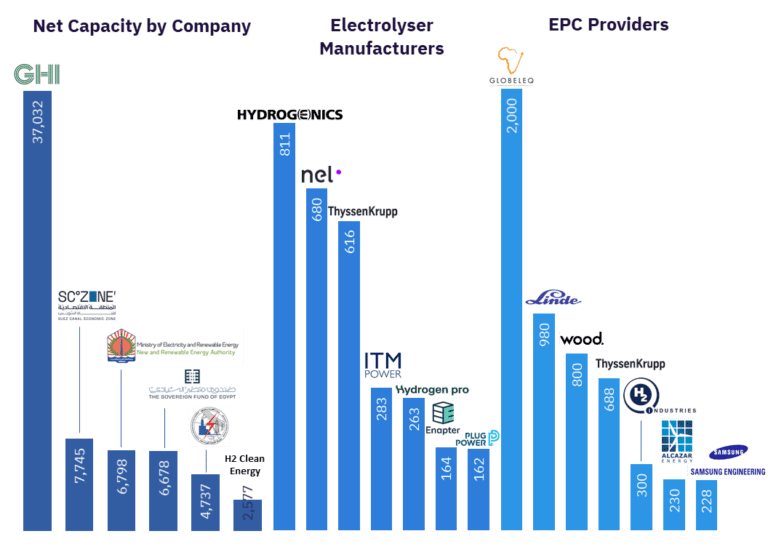New AI jacket tech adapts to your optimal body heat
Hong Kong — A groundbreaking smart jacket developed by researchers at Hong Kong Polytechnic University is drawing attention for its ability to autonomously regulate body temperature using artificial intelligence (AI) and advanced textiles. While proponents hail it as a leap forward in wearable technology, questions linger about scalability, cost, and broader implications for user privacy.
The Technology Behind the Jacket
The jacket employs a novel e-textile woven with silver-coated yarn for heat generation and two types of thermochromic yarn that change color to signal temperature shifts. The AI system, trained on data from 50 subjects across diverse ages, genders, and body types, dynamically adjusts heating based on environmental factors like humidity, wind speed, and ambient temperature. Unlike traditional heating fabrics, which risk overheating, the jacket’s AI aims to maintain a “sweet spot” of 86°F (30°C) for optimal comfort.
Safety features include daylight-visible color transitions (purple to pink) and glowing optical fibers for nighttime use, signaling temperatures up to 122°F (50°C). Lead researcher Jeanne Tan emphasized the design’s focus on vulnerable populations, particularly seniors with diminished heat sensitivity. “This isn’t just about comfort—it’s about preventing preventable harm,” Tan stated.
Industry Reactions: Optimism and Skepticism
Wearable tech analysts have praised the innovation. Dr. Elena Torres, a materials scientist at MIT, called it “a compelling fusion of AI and responsive textiles,” noting its potential applications in healthcare, athletics, and extreme environments like space travel. Automotive and aerospace industries have already expressed interest in adapting the technology for climate-controlled car seats and spacesuits.
However, critics highlight unresolved challenges. “The real test is mass production,” said Karl Lin, a tech industry consultant. “Silver-coated yarns are expensive, and integrating AI could drive costs beyond mainstream reach.” Others raise concerns about data privacy, as the jacket’s sensors collect detailed biometric and environmental data. “Who owns this data, and how is it protected?” asked privacy advocate Rachel Guo. “Users need clarity before adopting such tech.”
The Elderly Care Dilemma
While the jacket’s safety mechanisms target elderly users, gerontologist Dr. Hiroshi Yamamoto cautioned against overreliance. “Technology can’t replace human monitoring entirely. Families might assume these garments eliminate risk, but they’re just one layer of protection.”
What’s Next?
The research team plans to refine the AI algorithms for faster response times and explore partnerships with apparel brands. Early prototypes suggest the textile could be adapted for gloves, shoes, and home furnishings. Yet, market readiness remains uncertain. Industry forecasts suggest such products could hit shelves by 2027, but pricing strategies are still under wraps.
The smart jacket undeniably pushes boundaries in personalized climate control. Its success, however, may hinge on addressing pragmatic concerns—cost, accessibility, and ethical data use—as much as technical brilliance. As wearable tech evolves, this innovation underscores a critical question: Can cutting-edge solutions balance human needs with commercial and ethical realities?







